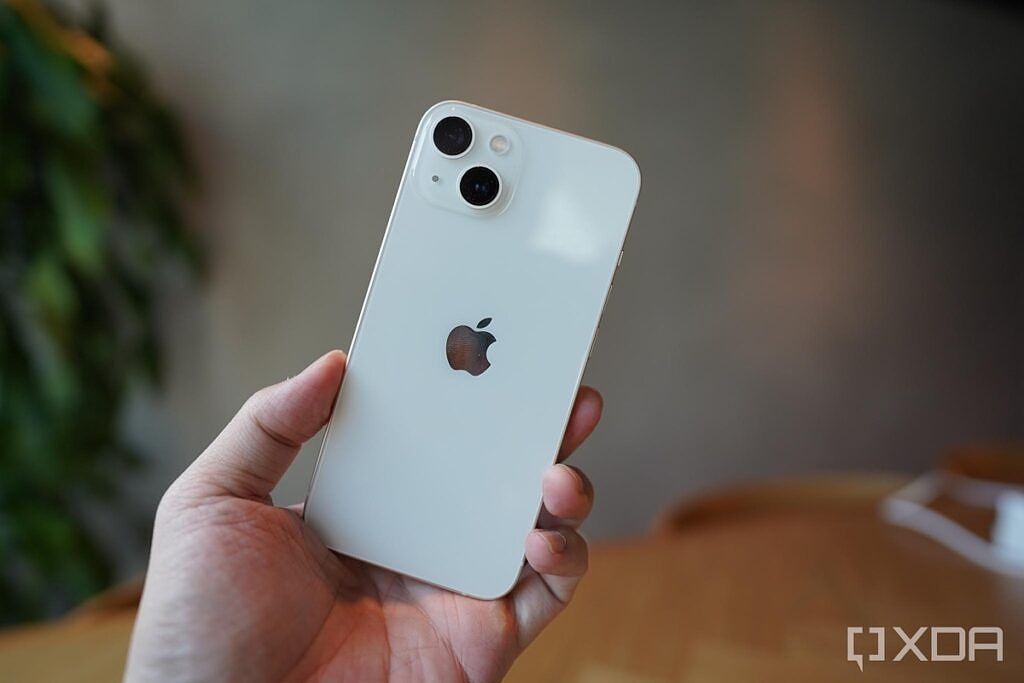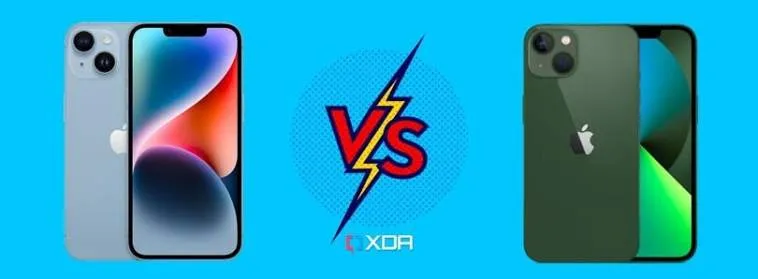(XDA) Apple’s new iPhone 14 series is now official and we got as many as four new models this year. But as we highlighted the difference between each iPhone in our iPhone 14 series explainer, the regular iPhone 14 doesn’t bring a lot to the table compared to last year’s regular iPhone 13. Is the new model actually any better than last year’s iPhone? Let’s find out in this iPhone 14 vs iPhone 13 comparison.
Apple iPhone 14 vs iPhone 13: Specifications
Here’s a quick look at the specifications of each phone to find out what they bring to the table:
| Specification | iPhone 14 | iPhone 13 |
|---|---|---|
| Build |
|
|
| Dimensions & Weight |
|
|
| Display |
|
|
| SoC |
|
|
| Storage |
|
|
| Battery & Charging |
|
|
| Security | Face ID | Face ID |
| Rear Camera(s) |
|
|
| Front Camera(s) | 12MP f/1.9, autofocus with Focus Pixels | 12MP f/2.2, autofocus with Focus Pixels |
| Port(s) | Lightning connector | Lightning connector |
| Audio | Stereo speakers | Stereo speakers |
| Connectivity |
|
|
| Software | iOS 16 | iOS 16 |
| Other Features |
|
|
Design and display

Apple iPhone 14 in Starlight colorway.
The iPhone 14 and the iPhone 13 have a lot in common and it all starts with the design. They both look the same, with the same flat aluminum rails and roughly the same dimensions. The new iPhone is a hair thicker and heavier than the last year’s model, but you won’t immediately notice it even while holding both phones side-by-side. They both are so identical that you’d be hard-pressed to tell the difference between the two if it wasn’t for three new colors. The iPhone 14 comes in a new Blue, Purple, and a slightly lighter shade of Product Red. We reviewed both phones in Starlight color and they look exactly the same as you can tell by looking at the images.

Apple iPhone 13 in Starlight colorway.
While the iPhone 14 looks identical to the iPhone 13 from the outside, there’s one fundamental design difference between the two. As revealed by iFixit’s teardown, Apple has entirely redesigned the internal architecture of the iPhone 14, making it easier to remove the back glass back for repairs. This makes the iPhone 14 the most repairable iPhone to date. This isn’t going to change the way you use the phone on a day-to-day basis, but it makes the new iPhone that much easier to hold on to for a long time. The internal design differences don’t affect the durability, so they both use the same materials and carry the same IP68 rating.

Apple iPhone 14 display.
The design is not the only thing that’s similar in this comparison because the iPhone 14’s screen — for all intents and purposes — is identical to iPhone 13’s display. This means it’s still a 6.1-inch OLED panel with a 2532 x 1170p resolution and a standard 60Hz refresh rate. The 60Hz refresh rate isn’t necessarily a deal-breaker, especially if you’re coming from an older iPhone, but it’s definitely an area in which the iPhone is overdue for an update. So if you were expecting to get a higher refresh rate display with the new iPhone 14 model, then that’s sadly not a part of the specs sheet. You’ll still have to pony up for the iPhone 14 Pro models.






